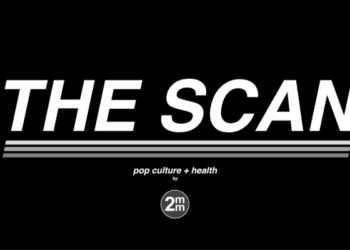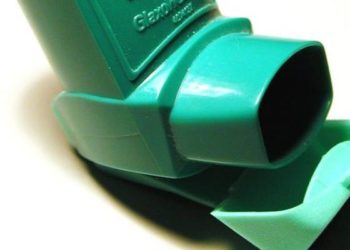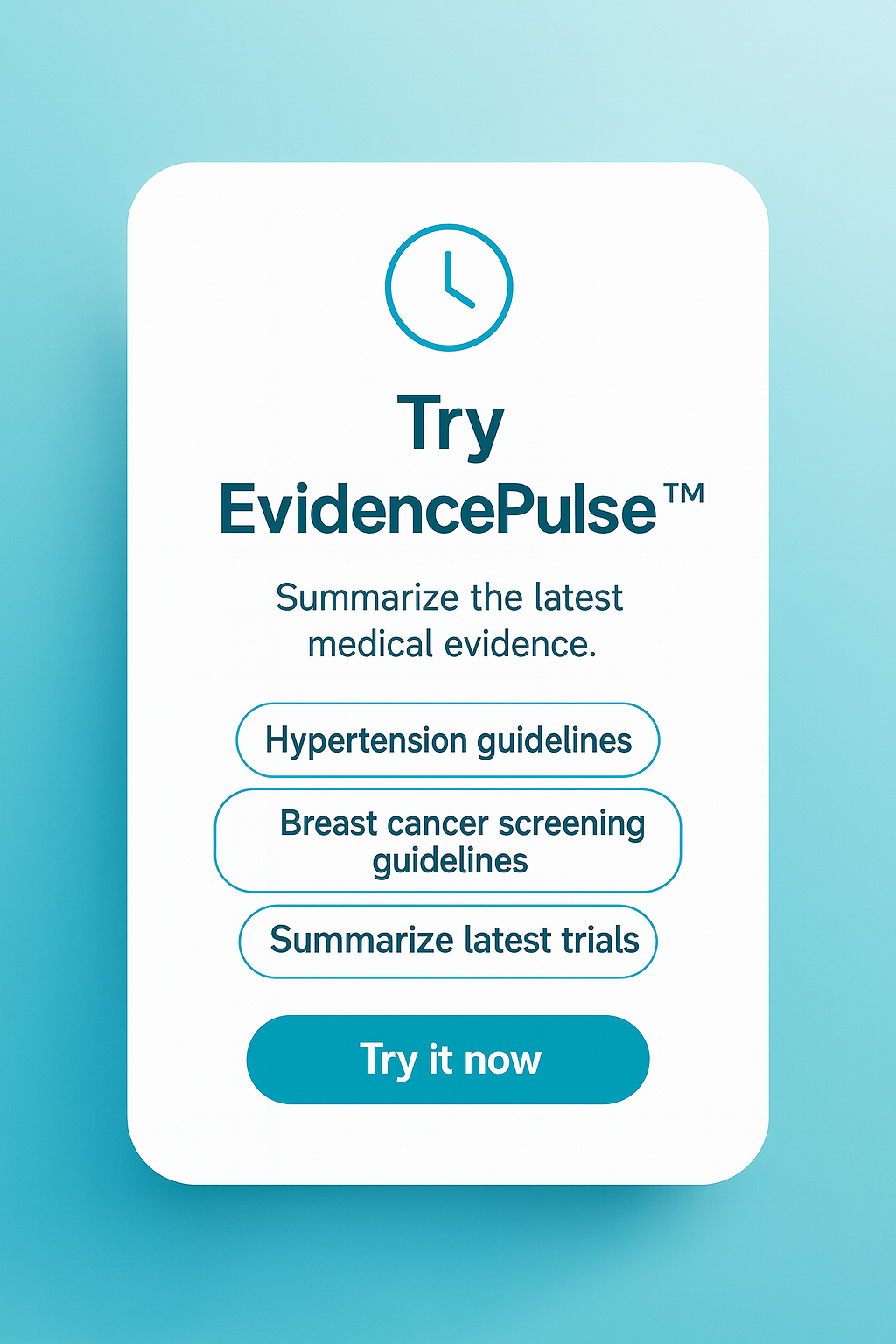Financial incentives may be a viable option to promote smoking cessation
1. Incentivizing smoking cessation with financial rewards increased the likelihood of cessation through the first 12 weeks but did not increase cessation at 26 weeks.
Evidence Rating Level: 1 (Excellent)
Socioeconomically disadvantaged individuals are less likely to quit smoking. Contingency management uses positive reinforcement to promote drug and alcohol abstinence. Financial incentives could be used to promote smoking cessation in low socioeconomic status (SES) adults. This study aimed to compare long-term effects of low-cost financial incentives for smoking cessation relative to the usual care counseling and pharmacotherapy. Participants were randomly assigned to usual care (UC) or UC with financial incentive (FI). A baseline was taken, participants were to quit smoking 1 week after the baseline was taken and were followed up every 4 weeks for 26 weeks. UC consisted of tobacco treatment specialist counselling up to 6 weekly counseling sessions after the quit day. About 80% of participants were also given a combination of nicotine replacement therapy. The FI was the opportunity to earn $250 of department store gift cards. Incentives were awarded for self-reported abstinence over the past 7 days with a CO breath sample consistent with abstinence. Incentives started at $20 and increased by $5 every successive week of absence. Nonabstinent participants had the amount reset to $20 and would start again. Assignment to UC plus FI was associated with a greater likelihood of 7-day abstinence at the 4, 8, and 12-week follow-ups but not at 26 weeks. Participants in the UC plus FI group were significantly more likely to achieve PPA across assessments through 26 weeks. Overall, participants earned a mean of $72. Further research is required to determine the cost-benefit ratio of using financial incentives as a means to promote smoking cessation and reduce the costs of smoking on healthcare, and determine its viability in a societal setting.
Click to read the study in JAMA Network Open
Image: PD
©2024 2 Minute Medicine, Inc. All rights reserved. No works may be reproduced without expressed written consent from 2 Minute Medicine, Inc. Inquire about licensing here. No article should be construed as medical advice and is not intended as such by the authors or by 2 Minute Medicine, Inc.









